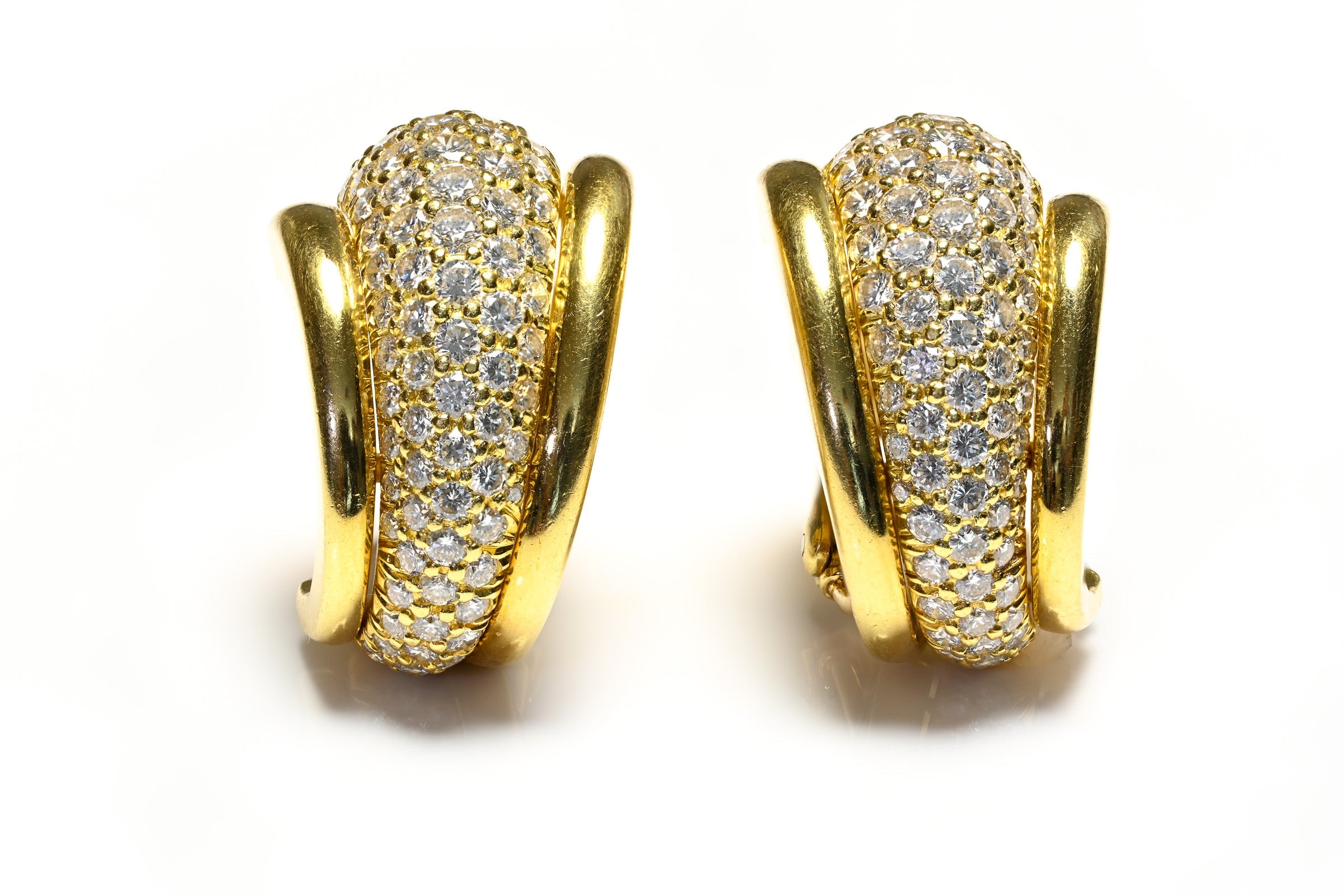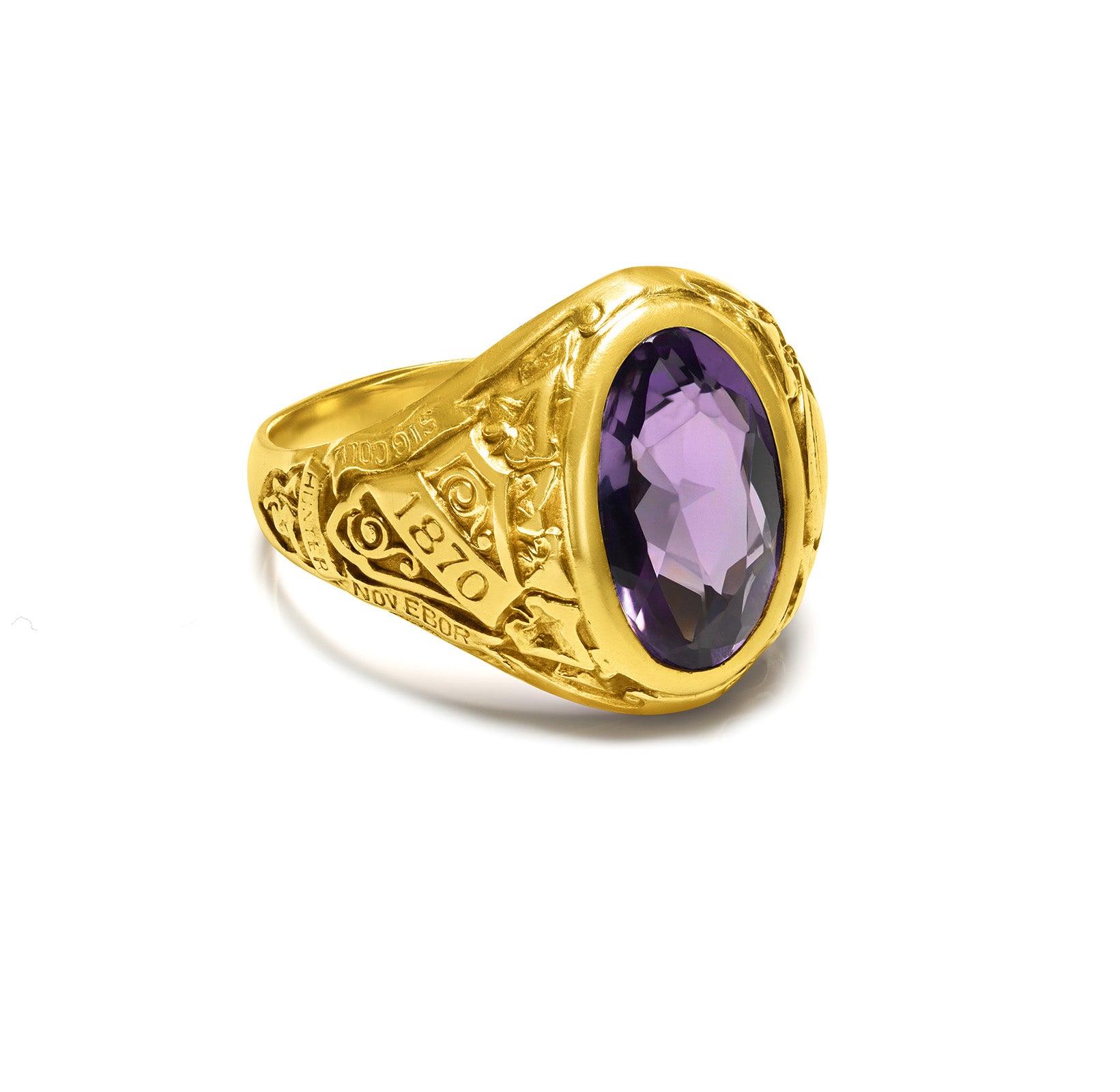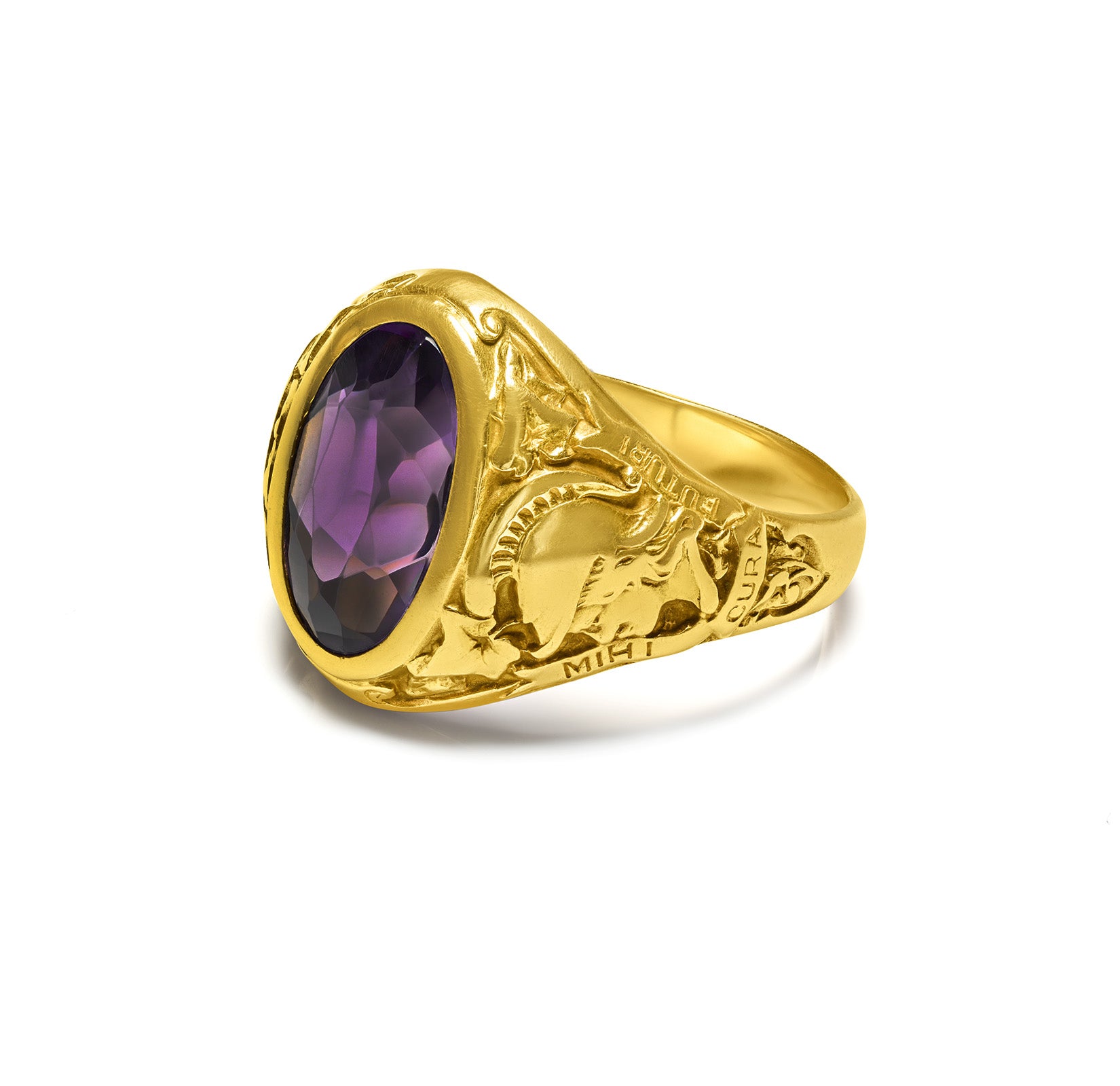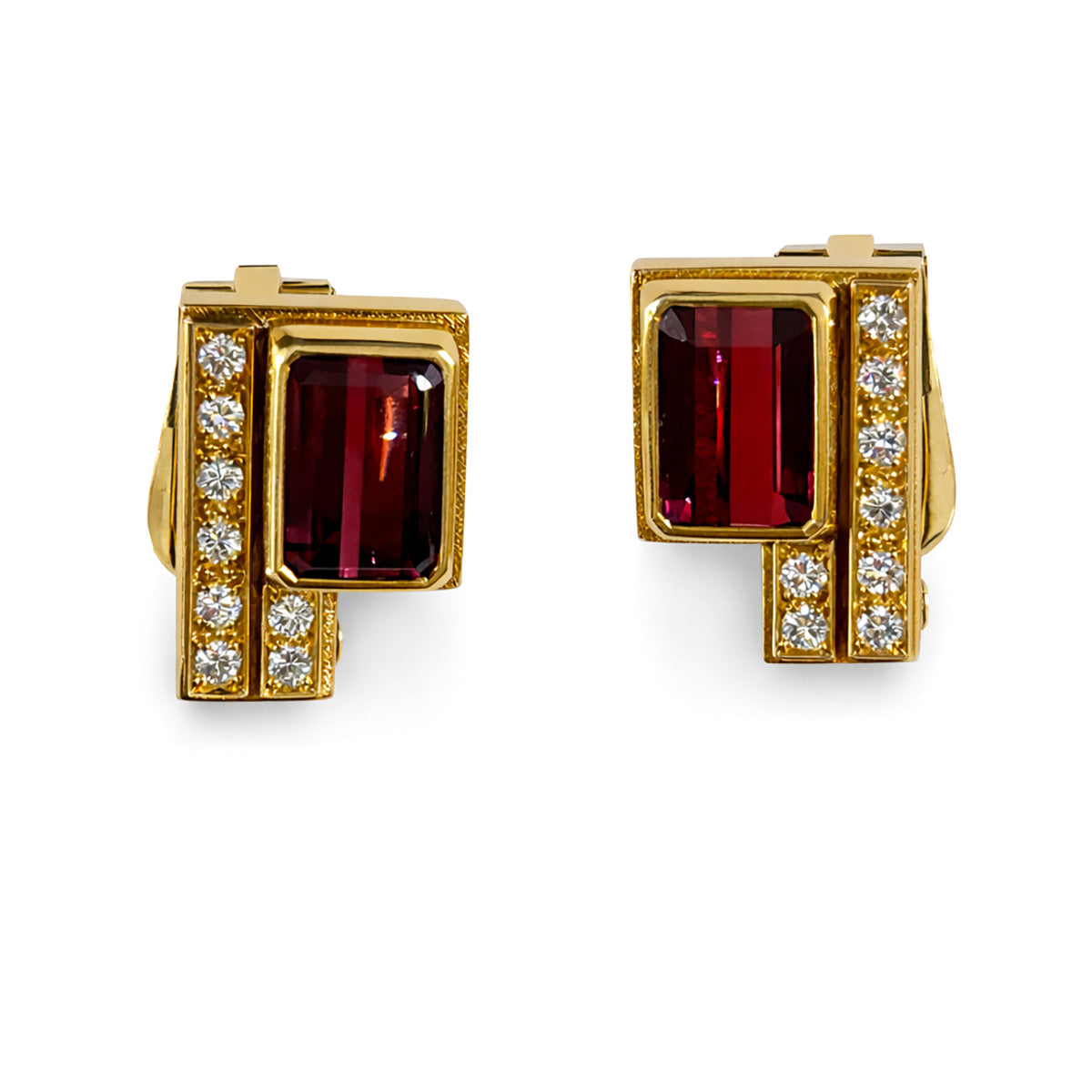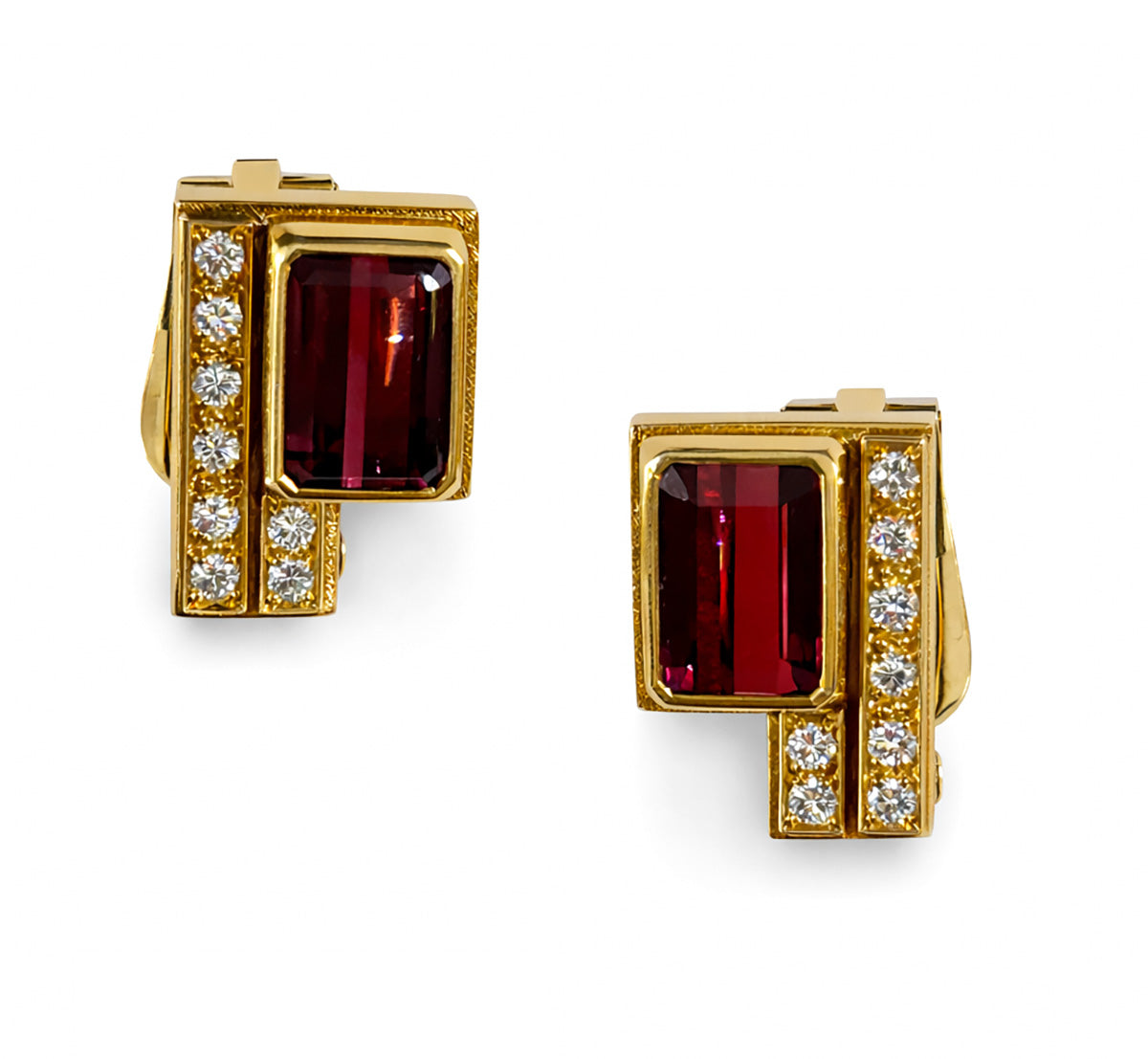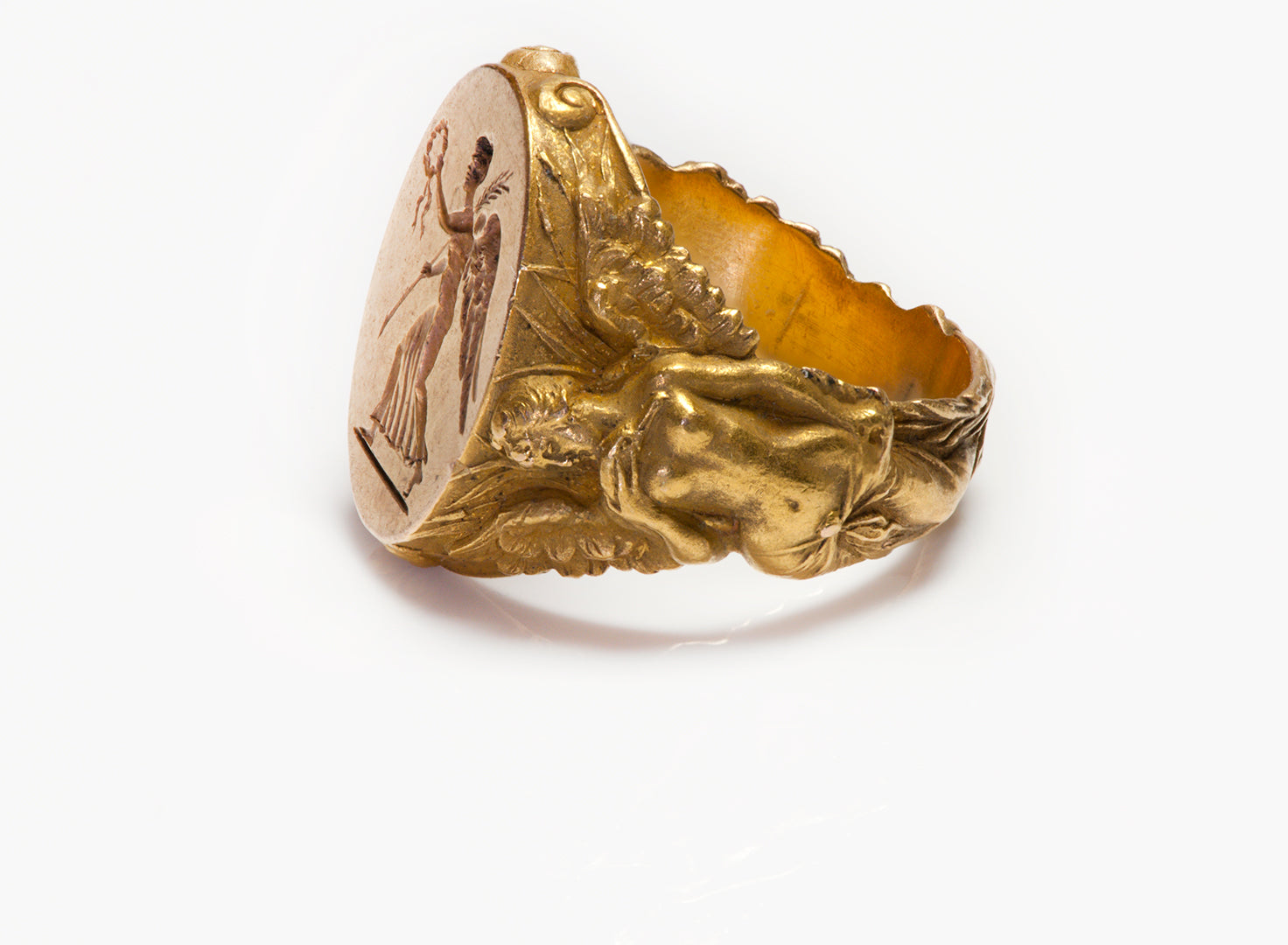
Key Characteristics of Art Nouveau Jewelry
Art Nouveau Jewelry was a significant movement in Western art history, thriving from around 1895 until the start of World War I in 1914. It emerged as a reaction to the industrialization era, focusing on craftsmanship and unique creations. This period witnessed various forms of art including painting, textile design, architecture, and most notably, jewelry making.
Key characteristics that define Art Nouveau Jewelry include:
- Nature-inspired designs: Artists often took inspiration from natural shapes, resulting in asymmetrical lines and floral patterns.
- Innovative use of materials: Breaking away from traditional precious metals and gemstones, craftsmen experimented with horn, jasper, amber, glass, enamel, and baroque pearls.
- Symbolism: Jewelry pieces frequently showcased idealized images of women and symbolic elements from different cultures.
- Influence of the Decadence movement: Some designs conveyed a sense of dark beauty, influenced by Decadent literature and aesthetics.
Gold Art Nouveau Jewelry embodies these characteristics through detailed designs that mimic nature while showcasing inventive material usage and multicultural influences. This movement had a lasting impact on future artistic styles such as Art Deco.
Antique Art Nouveau carved amethyst lady brooch in 14K yellow gold set with diamond pearls.
1. Nature-Inspired Designs in Art Nouveau Jewelry
Art Nouveau jewelry is deeply influenced by nature, with its intricate designs capturing the very essence of the natural world. One of the key features of this artistic movement is the use of asymmetrical curvy lines, which imitate the organic shapes and forms found in nature. These lines are smooth and graceful, giving rise to dynamic and flowing pieces like necklaces and bracelets that almost seem to come alive.
Key Design Elements in Art Nouveau Jewelry:
- Asymmetrical Curvy Lines: These lines replicate the irregularity found in nature. Necklaces often feature winding, vine-like structures, while bracelets may resemble twisting branches or flowing water.
- Floral Motifs: Flowers were a popular decorative element in Art Nouveau jewelry. Rings and brooches frequently showcased blossoms like lilies, irises, and orchids, rendered in exquisite detail. The floral patterns symbolize growth and renewal, echoing the movement's admiration for the natural world.
The incorporation of these design elements served a dual purpose in Art Nouveau jewelry:
- It celebrated the inherent beauty of nature.
- It pushed the boundaries of traditional jewelry making by embracing asymmetry and integrating floral embellishments.
As a result, Art Nouveau artists were able to create pieces that were not only groundbreaking but also stood the test of time."
2. Innovative Use of Materials in Art Nouveau Jewelry
Art Nouveau jewelry was different from traditional jewelry because it didn't only use precious metals and gemstones. Instead, it explored new materials, pushing the boundaries of jewelry making and focusing on artistic expression rather than the value of the materials used.
Horn
Horn was often shaped into intricate designs, making it perfect for creating detailed pieces that were also lightweight and durable. Each horn piece had its own unique textures and colors, adding to its appeal.
Jasper
Jasper, with its deep earthy colors, was used to make bold statement jewelry. Artists could polish jasper to a high sheen, creating smooth surfaces that caught the eye.
Amber
Amber was loved for its warm colors and natural inclusions, which gave it an ancient feel. It was often carved into delicate shapes or set as smooth cabochons in pendants and brooches.
Glass
Glass was incredibly versatile, allowing artists to play with different colors and forms. One famous artist, Louis Comfort Tiffany, used stained glass techniques to make stunning jewelry that glowed with light.
Enamel
Enamel work involved fusing powdered glass onto metal surfaces. It allowed artists to add intricate details and use vibrant color combinations. Some techniques even created effects similar to stained glass.
Baroque Pearls
Baroque pearls were irregularly shaped pearls that added an element of surprise and playfulness to jewelry designs. Their unique forms celebrated the beauty of imperfection found in nature, which was a key idea in Art Nouveau.
The use of these materials transformed jewelry from mere decorations into wearable art. It highlighted the importance of imagination and skill in making jewelry, rather than just focusing on expensive materials.
3. Feminine Figures and Symbolism in Art Nouveau Jewelry
Art Nouveau jewelry often portrayed women through delicate pendants, tiaras, and other adornments. These romanticized images were not just decorative but imbued with symbolic meanings. Female figures were frequently depicted with flowing hair and ethereal expressions, embodying ideals of beauty, nature, and mysticism.
Delicate Pendants and Tiaras
Artists like René Lalique and Georges Fouquet crafted exquisite pieces that featured feminine forms integrated seamlessly into the designs. Tiaras adorned with these figures symbolized purity and grace, while pendants often depicted women as part of natural landscapes, reinforcing the connection to nature.
Symbolic Meanings
The representation of women was also a nod to various mythologies and cultural stories. For example, figures inspired by nymphs from Greek mythology or goddesses from Eastern cultures highlighted themes of rebirth, fertility, and transformation.
Artists drew inspiration from a myriad of cultures to create unique portrayals of femininity. Japanese art influenced the depiction of women with intricate kimonos and serene expressions. Egyptian motifs introduced elements like the lotus flower and stylized female forms into the jewelry designs. This cross-cultural influence enriched the Art Nouveau style, making it diverse and globally resonant.
Renowned masters employed these elements to push the boundaries of traditional jewelry making, creating pieces that were not only visually stunning but also rich in cultural symbolism. The intricate craftsmanship combined with deep symbolic meanings makes Art Nouveau jewelry a timeless testament to artistic innovation.
4. Masters of Art Nouveau Jewelry: René Lalique, Georges Fouquet, Louis Comfort Tiffany, Henri Vever
Renowned craftsmen like René Lalique, Georges Fouquet, Louis Comfort Tiffany, and Henri Vever played pivotal roles in shaping the Art Nouveau style in jewelry making.
René Lalique
- Known for his innovative techniques and materials.
- Famous for using enamel, glass, and horn to create ethereal pieces.
- Examples: His dragonfly brooches that combined glass wings with intricate metalwork.
Georges Fouquet
- Collaborated with prominent artists like Alphonse Mucha.
- Specialized in elaborate, nature-inspired designs with an emphasis on craftsmanship.
- Examples: His peacock feather necklaces adorned with gemstones and enamel.
Louis Comfort Tiffany
- Brought a unique American perspective to Art Nouveau jewelry.
- Mastered the art of stained glass and applied similar techniques to jewelry.
- Examples: His use of iridescent glass and opals in pendants and brooches.
Henri Vever
- Focused on creating luxurious, one-of-a-kind pieces that showcased his technical prowess.
- Frequently incorporated baroque pearls, amber, and other unconventional materials.
- Examples: His floral-themed tiaras embellished with intricate enamel work.
These influential artists set the standard for creativity and craftsmanship in Art Nouveau jewelry, leaving a lasting legacy on the art form.
Art Nouveau Jewelry - The Celebration of Nature and Innovation
Art Nouveau jewelry stood out for its deep connection to nature and its remarkable use of innovative materials, celebrating beauty in its most organic forms. Rather than reflecting themes of decay or mortality, this movement embraced the vibrancy of life, growth, and artistic invention.
Organic Beauty
Art Nouveau jewelry designers found endless inspiration in the natural world. The fluid, curving lines and intricate floral motifs in rings, brooches, and necklaces were reflections of the movement's deep admiration for the vitality and elegance of nature. This organic beauty celebrated life and renewal, symbolizing growth, transformation, and harmony with the environment.
Mastery of Materials
In addition to its nature-inspired designs, Art Nouveau was known for its innovative approach to materials. Craftsmen used glass, horn, enamel, and baroque pearls to create intricate and unique pieces that combined aesthetics with craftsmanship. The movement pushed the boundaries of jewelry making by experimenting with unconventional materials, which allowed for more expressive and personalized creations.
Cross-Cultural Influence
The Art Nouveau movement was enriched by its exploration of various cultures, blending artistic elements from Japanese, Egyptian, and classical European sources. These influences highlighted the universal admiration for nature, beauty, and human craftsmanship. Jewelry pieces often incorporated symbols from different traditions, offering a celebration of the interconnectedness of global art.
Through its dedication to craftsmanship, innovation, and natural beauty, Art Nouveau jewelry remains a timeless testament to artistic creativity and elegance.
The Lasting Impact of Art Nouveau Jewelry
Art Nouveau jewelry has had a significant impact on both collectors and modern designers. Its detailed designs and expert craftsmanship are still admired today, often showcased in exhibitions and collections around the world.
Here are some reasons why Art Nouveau jewelry continues to be cherished:
1. Continued Appreciation
Modern collectors highly value Art Nouveau pieces for their uniqueness and artistic style. Museums and galleries frequently display these works, giving new generations the opportunity to appreciate the intricate beauty and innovative techniques that define this era.
2. Influence on Art Deco
The shift from Art Nouveau to Art Deco reveals an interesting change in design principles. While Art Nouveau focused on natural shapes and motifs inspired by nature, Art Deco embraced geometric forms and industrial themes. However, the careful craftsmanship and attention to detail that characterized Art Nouveau laid the foundation for the precision seen in Art Deco jewelry.
3. Contemporary Design
Today's jewelry designers often find inspiration in Art Nouveau's emphasis on nature, irregularity, and unconventional materials. Modern pieces that feature enamel, glass, or unique gemstones reflect the innovative spirit of Art Nouveau masters.
The influence of renowned artists such as René Lalique, Georges Fouquet, Louis Comfort Tiffany, and Henri Vever lives on through their timeless creations, which continue to inspire creativity in jewelry design. Their work showcases how historical art can shape present-day aesthetics, ensuring that the essence of Art Nouveau remains meaningful for years to come.
Art Nouveau Jewelry offers a captivating glimpse into a period where craftsmanship and artistic expression took precedence over industrial mass production. Exploring these exquisite pieces in person, whether at museums or galleries, allows you to fully appreciate the intricate details and innovative use of materials that define this unique style.
Incorporating elements of Art Nouveau into your own adornments can be as simple as:
- Choosing nature-inspired designs: Look for jewelry featuring floral motifs, delicate feminine figures, or asymmetrical curvy lines.
- Opting for alternative materials: Embrace items made from glass, enamel, horn, or baroque pearls to add an authentic touch to your collection.
By embracing these characteristics, you not only honor the legacy of Art Nouveau Jewelry but also bring a piece of its timeless elegance into your everyday life.




